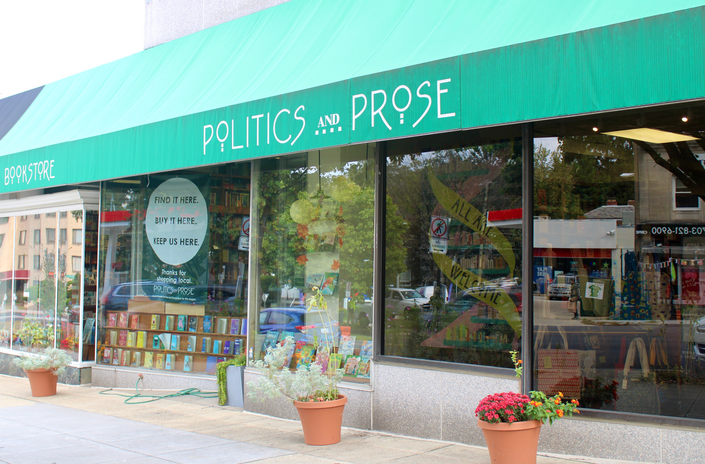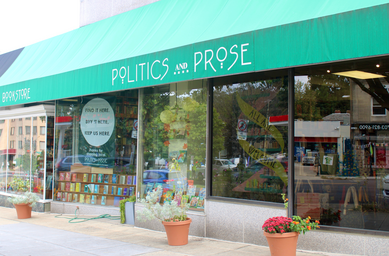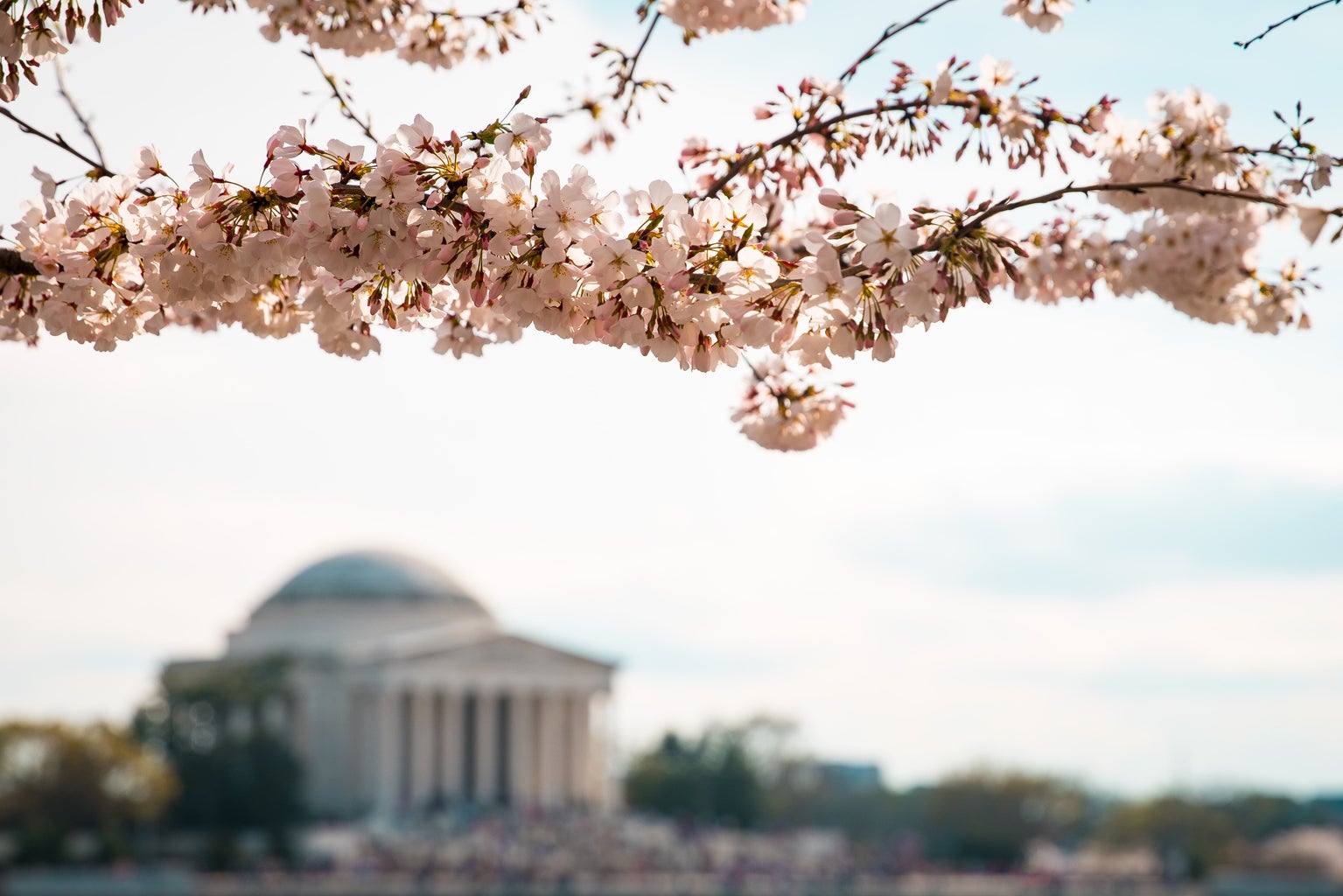A local author’s new biography introduces the untold story of a woman whose advocacy resulted in the presence of Washington, D.C.’s cherry blossoms.
“This is the most amazing woman you’ve never heard of,” said Diana P. Parsell of the subject of her book, “Eliza Scidmore: The Trailblazing Journalist Behind Washington’s Cherry Trees.”
Parsell, a former journalist for outlets including National Geographic and The Washington Post, shared details of her research and writing process at Politics and Prose in northwest Washington on March 27. The event coincided with the 111th anniversary of the planting of cherry trees in the nation’s capital, according to Wendy Wasserman, the Politics and Prose marketing director.
In the spring of 1912, First Lady Helen Taft hosted a dedication ceremony for the planting of the first cherry trees in a batch of several thousand gifted to the United States by Japan. In attendance was a woman named Eliza Scidmore, who acted as intermediary between Mrs. Taft and the Japanese to obtain the trees for the development of Potomac Park.
Parsell first learned of Scidmore about 15 years ago when she was working in Indonesia and purchased a travelogue by E.R. Scidmore.
Impressed by the vivid descriptions that remained relevant a century later, Parsell wondered, “Who was this guy?”
Parsell discovered through initial internet searches that Scidmore was a woman, a prolific society reporter and travel writer and the visionary for Washington’s cherry trees.
“I have compared her to a Forrest Gump of her day,” said Parsell. “She rubbed elbows with lots of famous people and she was an eyewitness to many historic events.”
For several years, Parsell spent three days a week at the Library of Congress digging for more information about Scidmore’s life. She uncovered almost 800 newspaper and magazine articles Scidmore wrote.
Parsell’s research goal became to sort out the origin of Washington’s cherry trees, a history that had grown muddied and confusing over the years, she said.
Scidmore’s connection to Japan began in 1885 when she traveled there with her mother. She had been traveling to and producing historic writings on Alaska for 15 years but soon became recognized in America as an authority on Japan after writing an influential book in 1891.
During her travels in Japan, Scidmore had the idea to bring cherry trees, “the most beautiful thing in the world” as she called them, to the nation’s capital.
But Parsell discovered that Scidmore’s vision for the district began even before she went to Japan.
While researching Scidmore’s career as a society columnist for a St. Louis newspaper, Parsell found a column published in November 1883, before Scidmore had gone to Japan.
In the column, Scidmore reported on a new project to transform the swampy area around the Washington monument into a public park. She wrote, “One day, this is going to be the largest and most beautiful park in the city, a place of magnificence in future administrations,” showing that Scidmore’s ideas for beautification of the area had deep roots.
After her introduction to Japan, Scidmore suggested that the Army Corps of Engineers plant cherry trees along the Potomac, but her proposal was rejected.
Scidmore’s vision saw progress in 1909, when President William Howard Taft and Mrs. Taft were interested in the development of Potomac Park. They wanted to have a large park for public recreation and concerts.
Scidmore sought support from Mrs. Taft to bring cherry trees to the park, seeing that it aligned with her plans for a public concert venue. Taft, who had lived in Japan and appreciated Japanese culture, “jumped on the idea,” said Parsell.
After three decades of advocacy, Scidmore’s vision for cherry trees in Potomac Park came to fruition.
Thanks to heavy research, which is evident in thorough footnoting, Parsell spent a decade crafting her book to tell Scidmore’s story.
“I felt an obligation to document my sources because other scholars and researchers can now take those sources and take the story further,” said Parsell.
A constant state of discovery motivated Parsell to continue the research process, she said. “It’s what enabled me to live with her for 10 years.”



